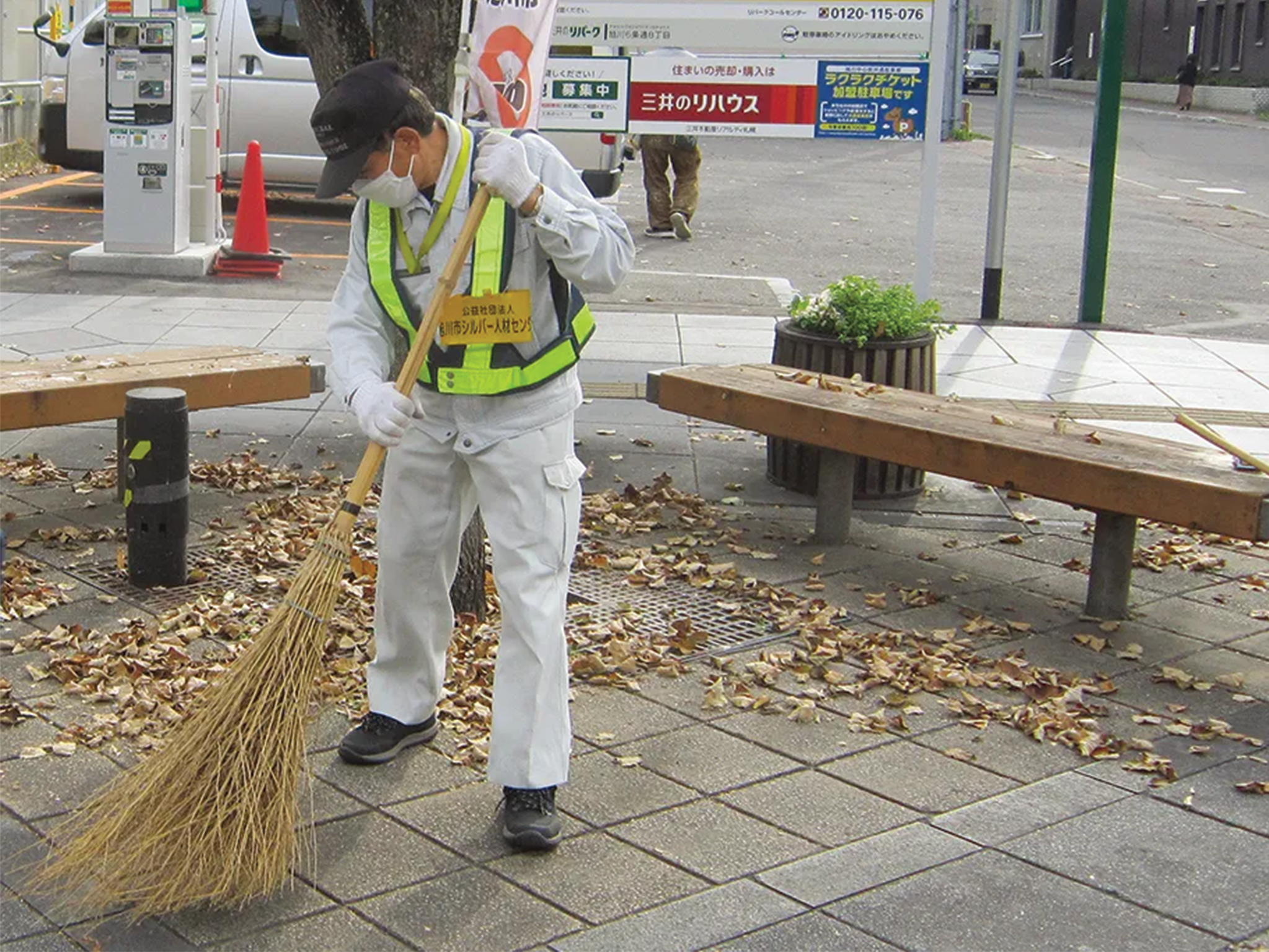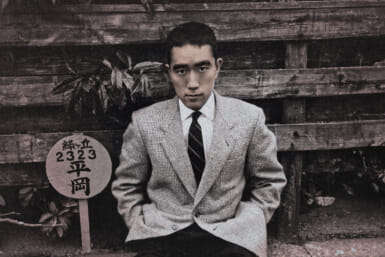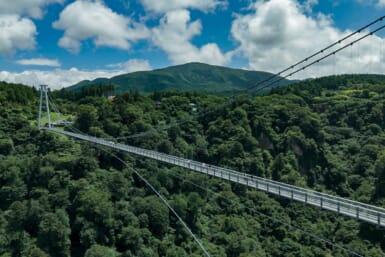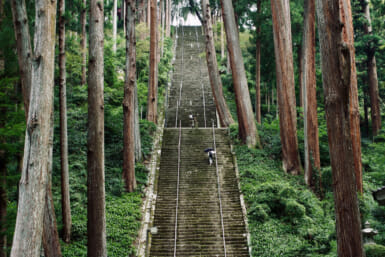The deep crimson maple leaves in Tokyo lie delicately on a vibrant bed of yellow ginkgo leaves. But notice who is raking those leaves. Often, it will be the elderly stooped over clearing the pavement. These gardeners are likely employees of their local Silver Jinzai center, the movement bringing retirees back into the workforce.
Yoshida, 77, spent his whole career as an office worker for a major multinational. Now, he works at a school in the Kita neighborhood in north Tokyo. Some days, he works his six-hour shift as a security guard. Other days, he coordinates the school buses.
Yoshida is a member of his local Silver Jinzai center. He works three shifts a week and chose his job from many other options. Look carefully around Tokyo and you will spot silver Jinzai members everywhere: pruning bushes, collecting garbage, or standing on duty outside schools and nurseries. Their wide variety of jobs have one commonality: to help the community.
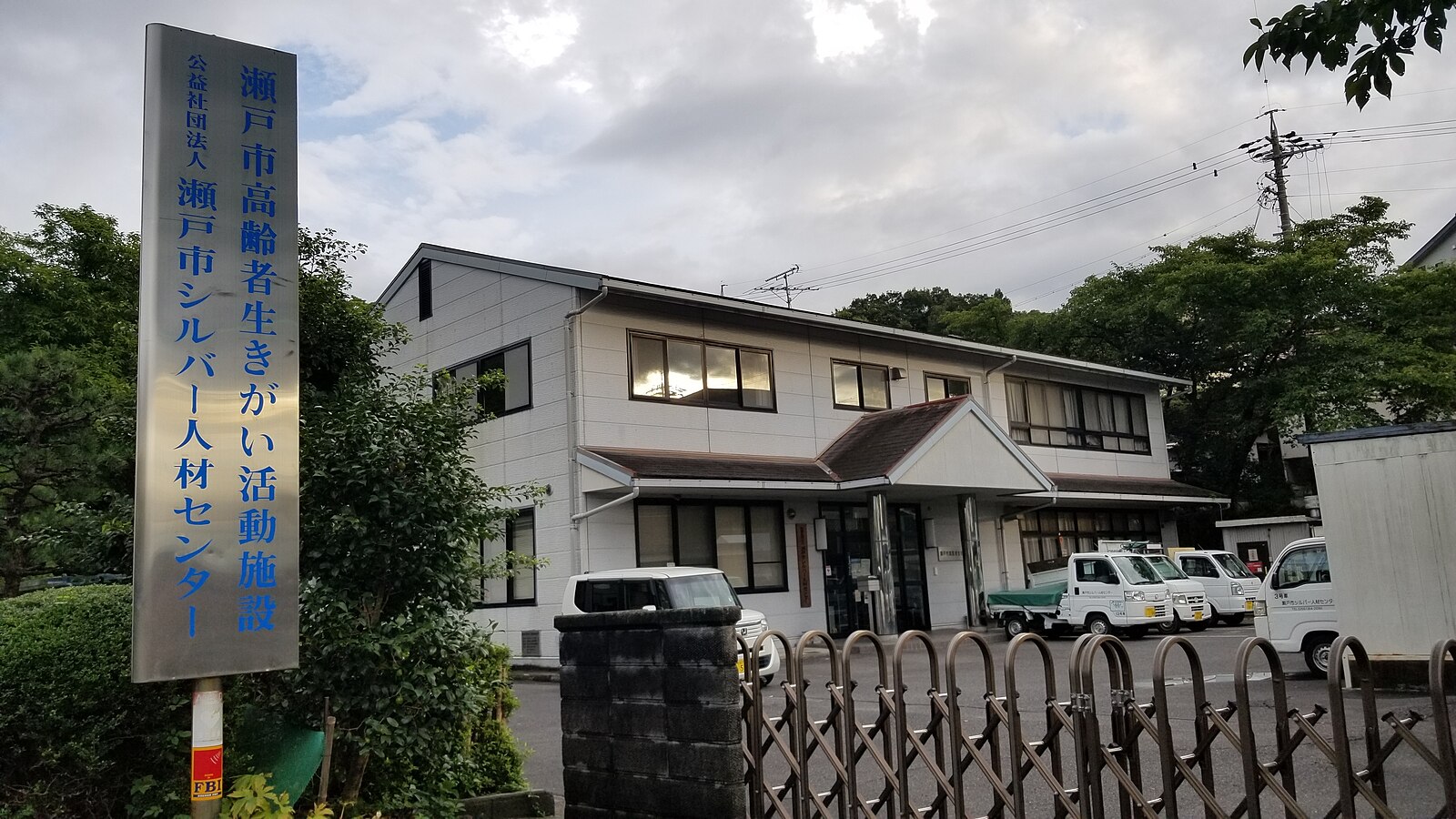
Jinzai Centers
First established in 1975, Silver Jinzai centers are membership organizations for elderly individuals who wish to continue working within their communities. The centers arrange contracts with both public and private sector employers in the local area and offer training courses for the elderly workforce. Today, these centers have over 700,000 members.
The scheme’s popularity is hardly surprising. A recent government survey found that 90% of those aged 60 and over wished to work for at least another decade, while 20.6% said they wished to keep some form of work “forever.”
Motivating the Elderly
As I head to the bus driver’s break room, Yoshida pulls up a chair for me. “I am very happy here because the teachers and students are very polite and kind,” he tells me. “It keeps me healthy and is a way for me to do something for society.”
The money is an extra boost, but not his driving incentive.
“I am very satisfied with this role,” he says. “Every day I am relieved knowing there have been no accidents for the children. My first priority is to stop people from coming into the school.”
Yoshida is not alone. His school employs seven other senior citizens from Kita ward’s Silver Jinzai center, working as bus drivers, cleaners and babysitters. For Yoshida, the work brings structure and friendship to his life.
Kita’s Jinzai center has 2,326 members with an average age of just over 75. The center does not reject anyone for being too old, although applicants over 80 must be deemed medically fit to work by a clinician before the center accepts them.
Most of the members express similar motivations to Yoshida. According to an internal survey taken by the center in Kita, 52% of members work for health and social reasons, while only 28% of the members are motivated by their wages, which range from ¥1,350 to ¥1,500 per hour.
The Impact of the Centers
According to conventional economic modeling, pensioners like Yoshida are seen as inactive and unproductive individuals who only draw on precious state resources as they get older. This was broadly the view of a 2020 IMF report into Japan’s demographic challenge.
However, the economic contribution of Kita ward’s Silver Jinzai membership is substantive. In the last financial year, it held employment contracts collectively worth ¥1.13 billion, with its members working a total of 261,602 days.
As Japan’s demographic crisis worsens, Silver Jinzai centers are likely to grow in popularity, giving more opportunities to the elderly. So, next time you see an old person stooped over a rake, fret not. They are not being denied the long-promised release of complete retirement, they are rejecting it.

